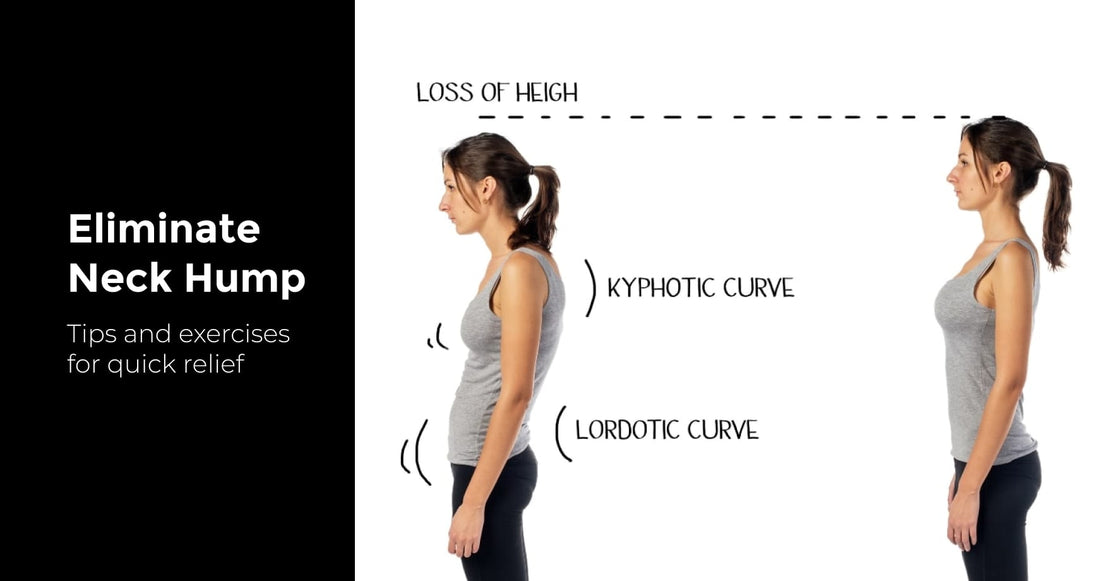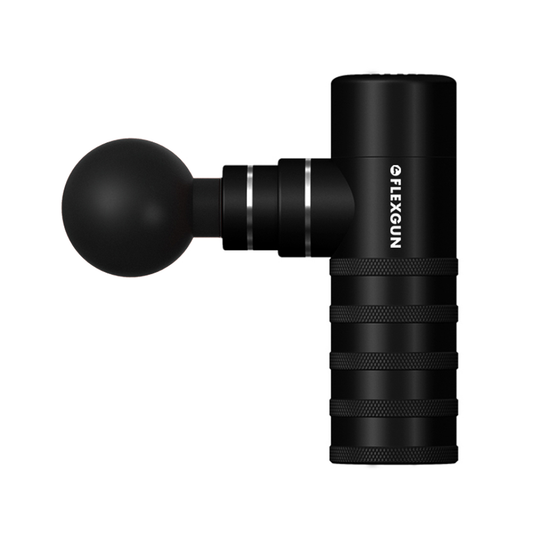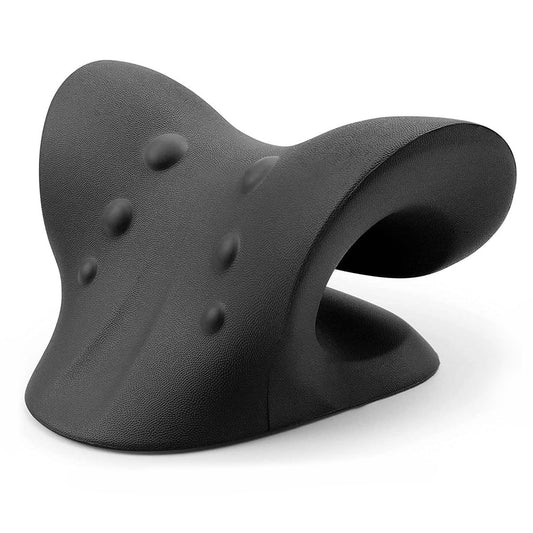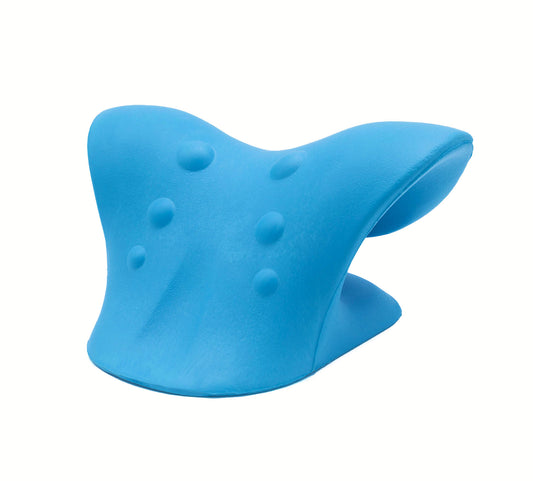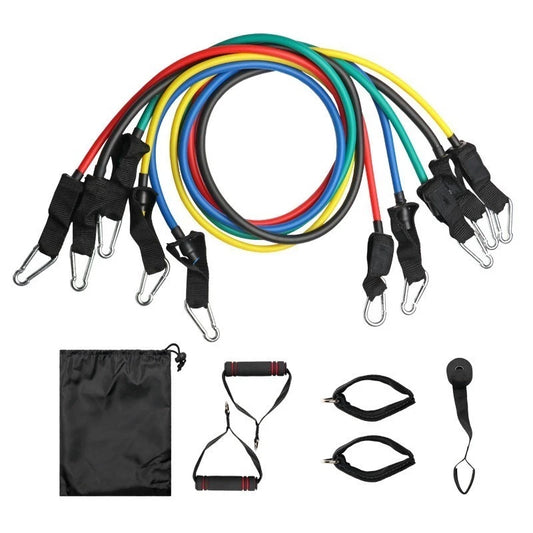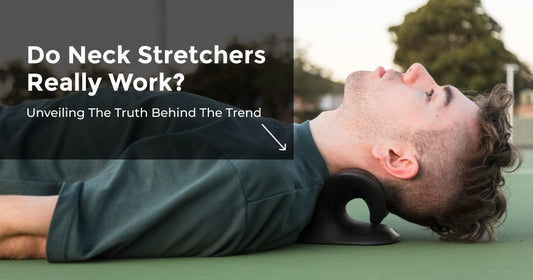What is a Neck Hump?
A neck hump, commonly known as a buffalo hump, is a noticeable hump at the base of the neck. This condition can be a cosmetic concern and, in some cases, a sign of underlying health issues. Understanding the causes and implications of a neck hump is essential for effective prevention and treatment.
Causes of Neck Humps
Several factors contribute to the formation of a neck hump. Poor posture, particularly in people who spend long hours in front of computers, leads to what is often termed as "tech neck." This postural deformity is increasingly common in our digital age, as highlighted in an insightful article from Kessler Rehabilitation Center. Other causes include certain medical conditions like Cushing's syndrome and osteoporosis-related bone loss. A comprehensive understanding of these causes is crucial in addressing the problem effectively.
Health Implications
While a neck hump might seem like a purely aesthetic issue, it can indicate deeper health problems. According to Medical News Today, a hump on the back of the neck can sometimes be a sign of an underlying endocrine disorder or a symptom of advancing osteoporosis. Recognising these signs early is key to preventing further complications.

The Role of Posture in Neck Health
The Impact of Poor Posture
Poor posture is a leading cause of neck humps. Slouching, leaning forward, and other bad posture habits, especially when prolonged, can significantly affect the spine's alignment, leading to the development of a neck hump. Check out this guide on assessing and improving your posture.
Correcting Posture for Neck Health
Improving posture is not only essential for cosmetic reasons but also for overall spinal health. Emphasising the importance of maintaining good posture to prevent and treat posture-related neck humps, experts recommend adopting ergonomic practices both at work and during leisure. Such practices are crucial in maintaining neck health. For more detailed insights on posture and spinal health, explore the informative articles available on the Cleveland Clinic's Health Library. These resources provide valuable information and tips for maintaining optimal posture and spinal wellness.
Early Intervention and Prevention
Recognising Early Signs
Early detection and intervention are crucial in preventing the progression of a neck hump. Being mindful of changes in posture and seeking medical advice when noticing early signs can significantly impact long-term neck health.
Lifestyle Adjustments for Prevention
Simple lifestyle adjustments can go a long way in preventing the formation of a neck hump. Regular physical activity, maintaining a healthy weight, and being conscious of posture during everyday activities are some practical steps that can be taken.
Exercises for Neck Health and Hump Prevention
The Power of Stretching and Strengthening
Exercises play a pivotal role in preventing and reducing neck humps. A blend of stretching and strengthening exercises can significantly improve neck muscle balance and posture, thereby reducing the risk of hump formation.
Stretching Exercises
In the following section, we'll explore two key stretching exercises that are essential for alleviating neck tension and aiding in the prevention of neck humps.
1. Neck Stretch: Gently tilt your head to one side, bringing your ear closer to the shoulder. Hold for 15-20 seconds and repeat on the other side. This stretch helps in loosening tight neck muscles.
2. Chin Tucks: An effective exercise to combat tech neck, as suggested by the Kessler Rehabilitation Center. Pull your chin back to create a double chin, hold for five seconds, and release. Repeat 10 times.

Strengthening Exercises
Next, we'll guide you through two effective strengthening exercises specifically designed to target and improve neck hump issues.
1. Dumbbell Shrugs: Highlighted in Harvard Health Publishing, this exercise involves raising the shoulders up towards the ears while holding a pair of dumbbells, then lowering them back down. It's excellent for strengthening the upper back and neck muscles.
2. Upright Rows: Another strength exercise recommended by Harvard Health. Hold a dumbbell in each hand and lift them to chest height, leading with your elbows. Lower them back down slowly.

Lifestyle Changes for Neck Health
Ergonomics at the Workplace
Adopting ergonomic practices at work is crucial. Ensure that your computer screen is at eye level and that your chair supports your lower back. Simple changes like these can have a profound impact on your posture and neck health.
Breaks and Movement
Regular breaks from sitting are essential. Every hour, take a few minutes to stretch or walk around. This practice helps in reducing the strain on your neck and back muscles.
Nutrition and Neck Health
The Role of Diet
A balanced diet plays a significant role in maintaining bone and muscle health. Calcium and vitamin D are essential for bone strength, reducing the risk of osteoporosis-related hump formation.
Hydration
Staying hydrated is vital for overall health and can also aid in maintaining muscle elasticity and joint lubrication.
Advanced Tips for Neck Hump Reduction
Utilising Specialised Equipment
Neck Stretchers
Innovative tools like the neck stretcher can be highly effective in alleviating neck tension and improving posture. These devices are designed to provide gentle yet effective cervical traction, aiding in the realignment of the neck and reducing hump appearance.

Massage Guns
Massage guns can be used to target tense muscles in the neck and shoulder area. This not only aids in immediate pain relief but also helps in long-term health by improving blood flow and muscle relaxation.
The Importance of Consistency
Maintaining a consistent routine of exercises, stretches, and ergonomic practices is crucial for long-term neck health. Consistency is key in both preventing and reducing neck humps.
Professional Help and Personalised Care
When to Seek Medical Advice
If you notice persistent pain or significant hump formation, it's important to seek professional medical advice. This could be indicative of underlying health issues that require specialized treatment.
Personalised Exercise Programs
Health professionals can provide tailored exercise and treatment programs, catering to your specific needs. This personalized approach is often more effective in addressing individual concerns.
Wrapping Up: The Journey to Better Neck Health
Recap of Key Points
- Understanding the causes and implications of neck humps.
- The critical role of exercises and stretching in maintaining neck health.
- The importance of ergonomic practices and lifestyle changes.
- Utilization of specialized equipment like neck stretchers and massage guns.
- The value of professional advice and personalized care.
Final Thoughts
Neck health is an integral part of overall well-being. By incorporating the tips, exercises, and lifestyle changes discussed in this blog, you can significantly improve your neck health and prevent the formation of neck humps. Remember, taking proactive steps today can lead to a healthier, more comfortable tomorrow.
Additional Resources
For further reading on neck health and related topics, check out Flexgun's informative blogs, including how to get rid of neck hump fast and the ultimate guide to improving posture. These resources offer valuable insights and practical tips for maintaining optimal neck health.
We hope this comprehensive guide has provided you with the knowledge and tools to embark on your journey towards improved neck health and hump reduction. Remember, your path to better health starts with awareness and action. Stay healthy, stay informed, and take the right steps towards a healthier neck and a better quality of life.

